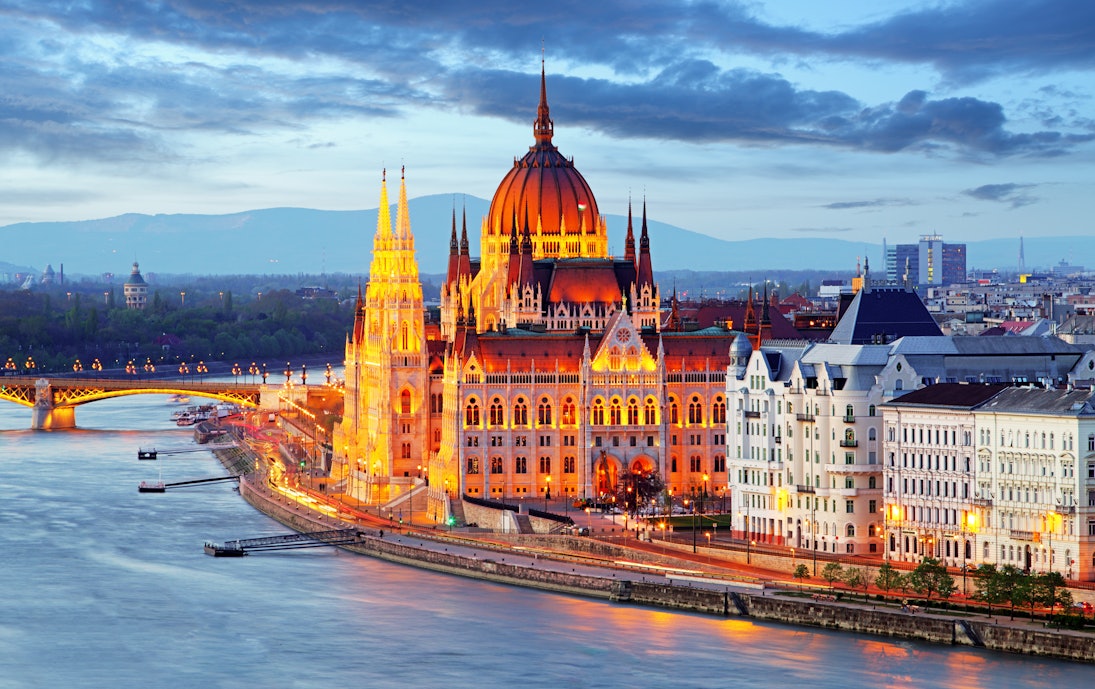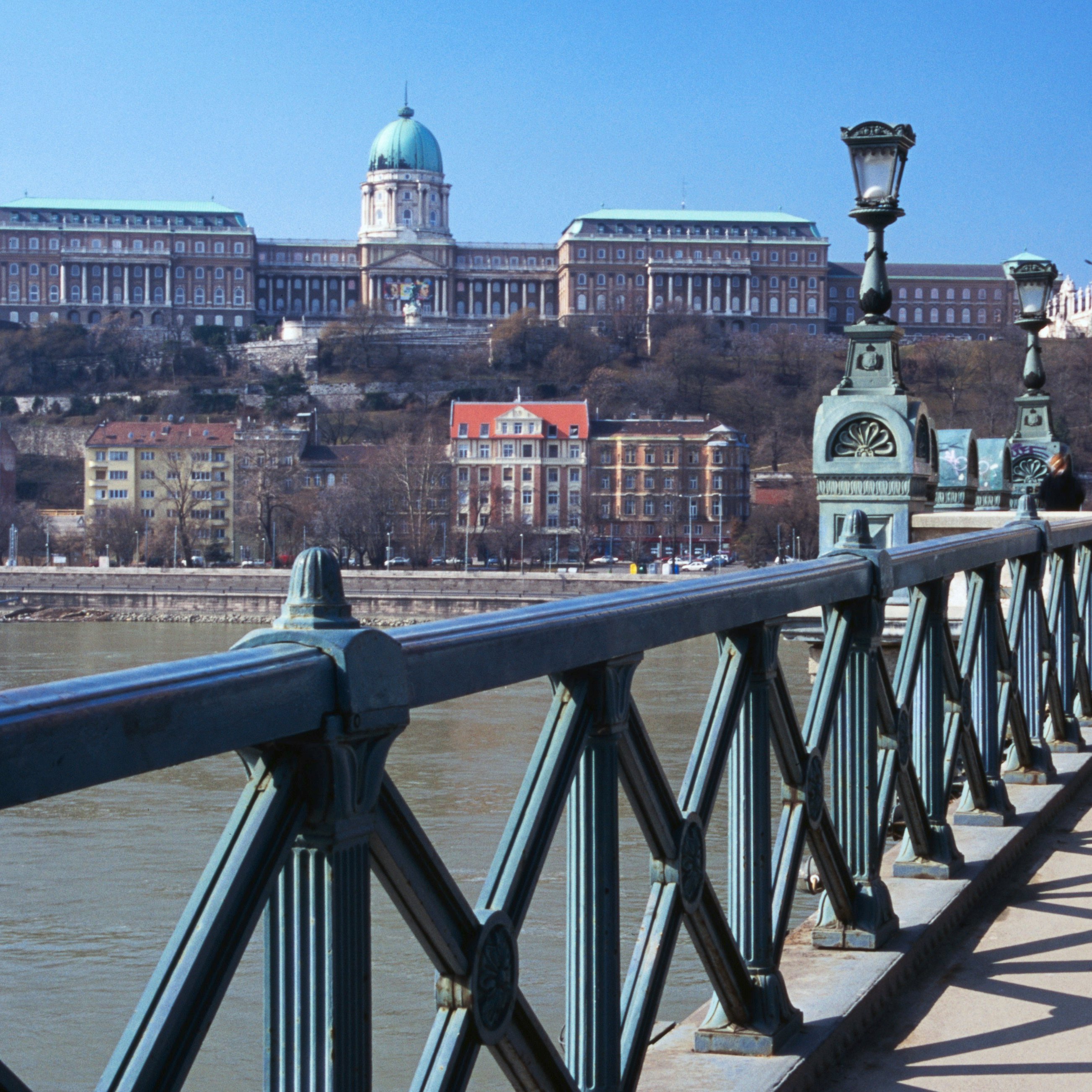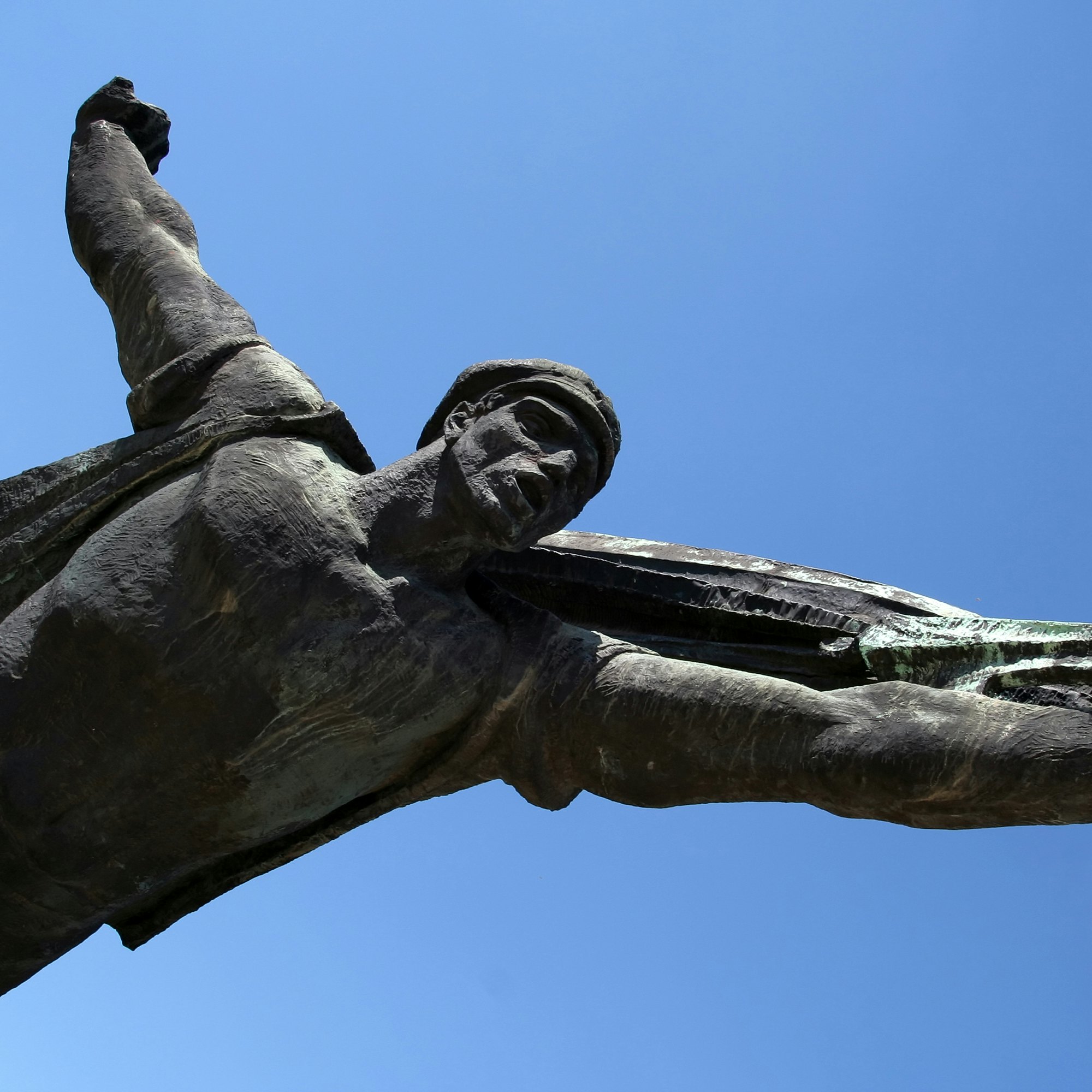
Overview
Hungary's capital is blessed with a bounty of art nouveau architecture, quirky ruin bars and gorgeous bathhouses replenished by mineral-rich hot springs.
Plan your trip with Guide, an AI travel planner!
Create a personalized trip itinerary in seconds using artificial intelligence.
Must-see attractions
Planning Tools
Expert guidance to help you plan your trip
Best Things to Do
Beautiful Budapest brings endless cultural activities, historic sights, muscle-melting waters at thermal baths and a thriving food scene.
Read full article
Best Time to Visit
From sun-drenched beaches and huge crowds to quiet streets in colder months, here's how to choose the perfect time for your visit to beautiful Budapest.
Read full article
Things to Know
These hints and tips will save you time, money and potential embarrassment when you visit Budapest, from avoiding fines to tipping your server.
Read full article
Transportation
Thanks to plentiful buses, boats, trams and metro trains, getting around Budapest is easy. Here are the best ways to navigate the Hungarian capital.
Read full article
Free Things to Do
From impressive Roman ruins to fabulous concerts to great hiking trails, you'll find plenty of free ways to make the most of your trip to Budapest.
Read full article
Best Neighborhoods
Here's our guide to some of the most fascinating neighborhoods in Budapest, from the regal sights on Castle Hill to the quirky ruin bars of District VII.
Read full article
Day Trips
Explore the Hungarian countryside, wine cellars built into hillsides and arty outposts on these delightful day trips from Budapest.
Read full article
Money and Costs
Budapest is a popular destination for budget travelers. Here’s our handy guide to visiting the capital of Hungary in a low-cost way.
Read full article
Traveling with Kids
Budapest serves up two cities for the price of one, meaning there's plenty to keep families busy. Here are our best tips for exploring Budapest with kids.
Read full article
Get a book. Get inspired. Get exploring.
in partnership with getyourguide
















